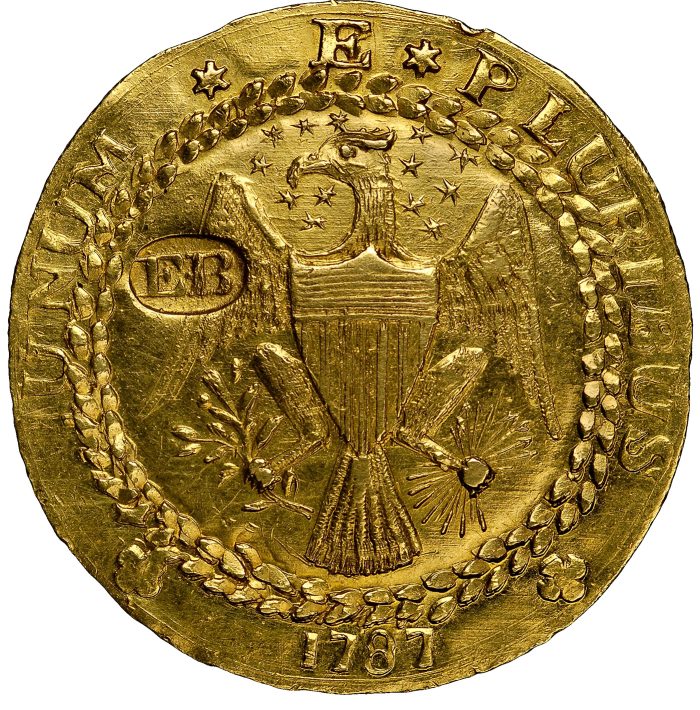
The Art of Pirate Coin Replicas
Discover how modern artisans recreate classic pirate coins and their historical relevance.
- Authentic replications
- Historical accuracy in design
- Collecting tips
- Market value insights
Pirate gold, a treasure of lore and history, captivates the imagination across centuries, inspiring countless tales and adventures.
The term pirate gold evokes images of buried treasure and adventurous quests that have captivated human imagination for centuries. This concept bridges historical reality with modern interpretations, encompassing everything from actual plundered treasures to contemporary collectibles and entertainment products. Understanding pirate gold requires exploring both its roots in maritime history and its evolution into popular culture.
The Golden Age of Piracy spanned from the 1650s to the 1730s, when maritime piracy became a significant factor in North Atlantic and Indian Ocean history. During this era, pirates pursued wealth through raiding merchant vessels and colonial settlements. The term "pirate gold" historically referred to the spoils pirates obtained through their illicit activities—a mixture of coins, precious metals, jewelry, and valuable cargo from captured ships.
Factors that contributed to the proliferation of piracy during this golden age included the rise in quantities of valuable cargoes being shipped to Europe across vast ocean areas, reduced European naval presence in certain regions, and the training and experience many sailors had gained in European navies. The distinction between pirates and privateers—government-sanctioned raiders—was often blurred, creating a complex legal landscape for maritime commerce.
Historical accounts reveal that pirates rarely found pure gold, contrary to popular legend. When John Quelch commanded the brigantine Charles in 1703-1704, his crew's first five captures off Brazil yielded typical spoils like fish, molasses, lumber, and crockery. However, one exceptional capture proved tremendously valuable: Quelch returned to Marblehead in May 1704 carrying 960 ounces of stolen gold dust and gold and silver coins, worth approximately $2 million in modern currency.
Notable shipwreck discoveries have yielded significant treasures. The Nuestra Señora de Atocha, which sank in 1622 near the Florida Keys, was discovered in 1985 and contained thousands of artifacts, including gold coins and exquisite jewelry. The Whydah Galley, which sank in 1717 off Cape Cod and was discovered in 1984, yielded over 200,000 artifacts from pirate activities. The 1715 Treasure Fleet, wrecked near Florida due to a hurricane, has produced approximately $50 million in treasure, including numerous pirate gold coins.
The allure of pirate gold continues to thrive with modern collectors and treasure hunters seeking artifacts and historical coins.
The concept of pirate gold has inspired various media and commercial products, fueling the enduring fascination with pirate lore.

Despite the romanticized narratives, the reality of pirate gold was more prosaic. Spanish colonial shipwrecks, particularly treasure fleets, represented the most significant sources of precious metals. When the treasure fleet commanded by Don Juan Esteban de Uvilla was caught in a hurricane and wrecked off Florida's eastern coast, 11 of 12 ships were destroyed, scattering approximately 14 million in gold and silver coins, gold bars, and jewelry across the sea floor. Pirates and Spanish salvage operations competed to recover these sunken treasures using enslaved and indigenous divers.
Today, pirate gold has evolved into a sophisticated collecting hobby. Historical pirate gold coins, including Spanish escudos and doubloons, have become highly valued artifacts. The Brasher doubloon, created in 1787 by Ephraim Brasher, exemplifies the rarity of authentic pirate-era gold coins, with only six specimens known to exist.
Modern treasure hunters continue to search for historical artifacts associated with piracy. Discoveries like 17th-century coins and medieval artifacts on islands like Oak Island keep the treasure-hunting spirit alive, with enthusiasts and specialists maintaining databases and collections of verified pirate-era gold coins and artifacts.
The appeal of pirate gold has spawned numerous commercial products designed for entertainment and collecting. Pirate-themed poker chip sets, gold coin replicas, and other gaming products capitalize on the enduring fascination with pirate lore. These products serve collectors and gaming enthusiasts seeking to engage with pirate culture in recreational contexts.
The concept of pirate gold has profoundly influenced popular culture through films, documentaries, television programs, and video games. Modern productions have dramatized treasure hunts and historical pirate narratives, making pirate gold a central theme in entertainment media. The historical accuracy varies widely, but these representations have reinforced the cultural significance of pirate lore in contemporary society.
Video games, such as Pirates! Gold, have incorporated themes of treasure hunting and adventure associated with pirate gold. These engaging formats allow players to explore pirate narratives in interactive ways. Gameplay often revolves around quests for treasure, battles, and navigating world seas, offering an immersive experience that unites history and entertainment.
Pirate gold represents a fascinating intersection of historical fact and cultural mythology. From actual treasures plundered during the Golden Age of Piracy to modern collectibles and entertainment products, the concept continues to captivate audiences across generations. Whether as historical artifacts, investment pieces for collectors, or themes in popular entertainment, pirate gold maintains its symbolic power as a representation of adventure, wealth, and the romance of maritime history.
Supporting the exploration and preservation of pirate gold history.





Discover how modern artisans recreate classic pirate coins and their historical relevance.

Explore the mysterious tale of Brasher Doubloon, one of the most sought-after pirate-era coins.
A recent expedition has uncovered a significant collection of gold coins from a 17th-century shipwreck.
Excavations at Oak Island have unearthed medieval artifacts, reviving interest in legendary pirate treasures.
A Brasher Doubloon fetched a record price at a recent auction, highlighting the ongoing fascination with pirate-era coins.